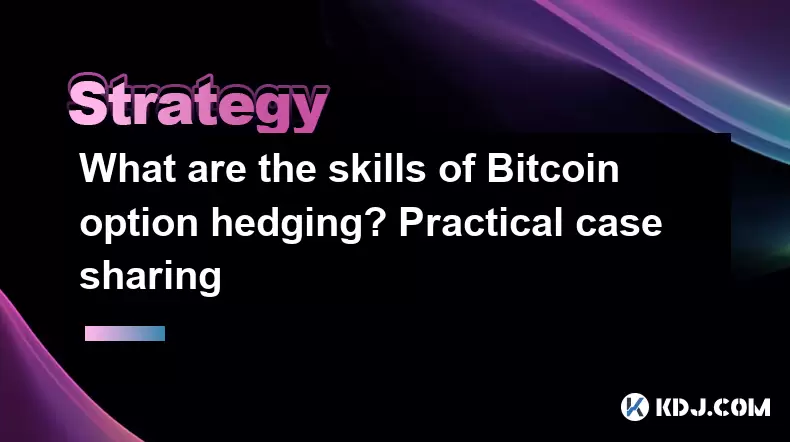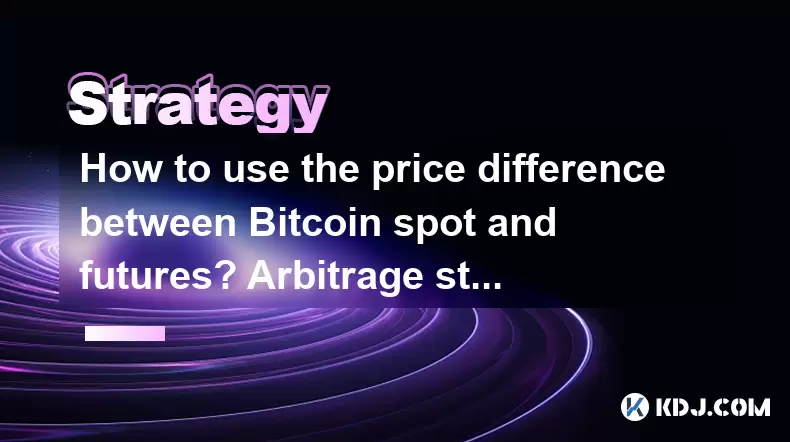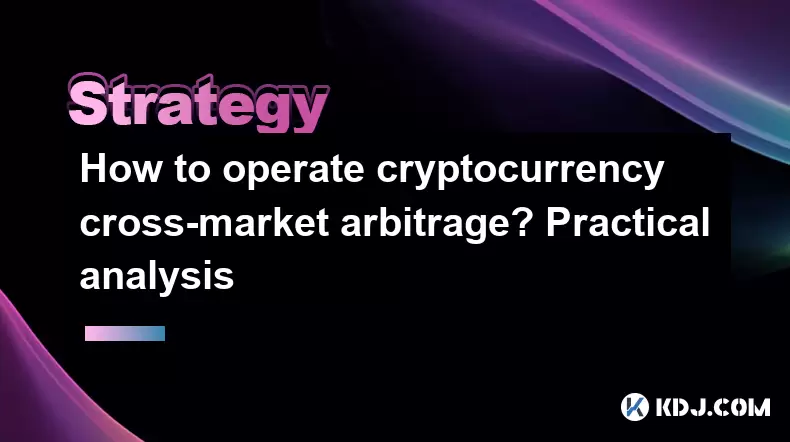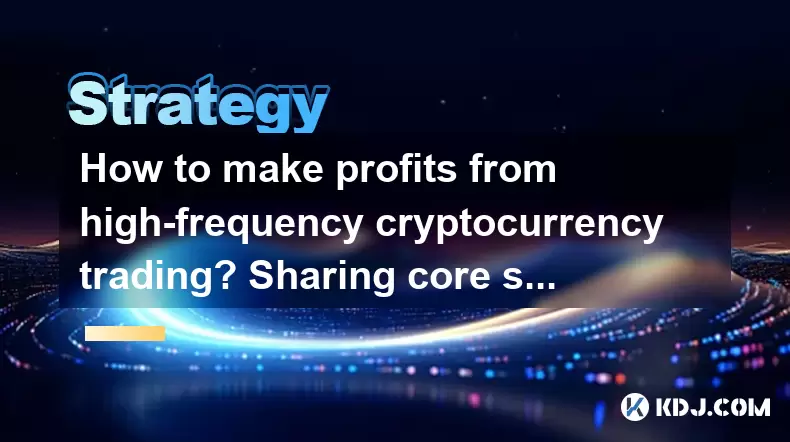-
 Bitcoin
Bitcoin $109,583.2239
0.19% -
 Ethereum
Ethereum $2,583.4612
0.48% -
 Tether USDt
Tether USDt $1.0003
-0.04% -
 XRP
XRP $2.2681
0.70% -
 BNB
BNB $659.9218
-0.52% -
 Solana
Solana $151.4961
-0.37% -
 USDC
USDC $0.9999
-0.02% -
 TRON
TRON $0.2861
1.20% -
 Dogecoin
Dogecoin $0.1718
0.04% -
 Cardano
Cardano $0.5960
-0.07% -
 Hyperliquid
Hyperliquid $40.1233
2.85% -
 Sui
Sui $2.9974
2.48% -
 Bitcoin Cash
Bitcoin Cash $497.1279
-1.76% -
 Chainlink
Chainlink $13.7275
-0.22% -
 UNUS SED LEO
UNUS SED LEO $9.0241
0.70% -
 Avalanche
Avalanche $18.5536
-0.88% -
 Stellar
Stellar $0.2421
1.39% -
 Toncoin
Toncoin $2.8593
-0.51% -
 Shiba Inu
Shiba Inu $0.0...01187
-0.07% -
 Litecoin
Litecoin $90.0023
2.90% -
 Hedera
Hedera $0.1590
2.79% -
 Monero
Monero $322.1495
0.00% -
 Polkadot
Polkadot $3.5453
-1.00% -
 Dai
Dai $1.0000
-0.01% -
 Bitget Token
Bitget Token $4.5733
-1.06% -
 Ethena USDe
Ethena USDe $1.0002
-0.01% -
 Uniswap
Uniswap $7.6345
3.03% -
 Aave
Aave $279.2583
0.47% -
 Pepe
Pepe $0.0...01003
-1.52% -
 Pi
Pi $0.4941
-0.32%
Where to invest in virtual currencies
Embarking on crypto investments involves evaluating personal goals and risk tolerance, researching versatile investment options (exchanges, brokers, wallets, DeFi platforms), and fostering a deep understanding of decentralized finance, staking, and masternodes strategies.
Jan 09, 2025 at 04:50 am

Key Points:
- Determine your investment goals and risk tolerance.
- Research different types of cryptocurrencies and their underlying technologies.
- Explore various investment options such as exchanges, brokers, and wallets.
- Consider decentralized finance (DeFi) platforms for yield farming and lending.
- Monitor market trends and news to stay informed about the industry.
Where to Invest in Virtual Currencies
1. Exchanges
Cryptocurrency exchanges are online platforms where users can buy, sell, and trade cryptocurrencies. They provide a convenient and secure way to invest in virtual currencies, offering a wide selection of coins and tokens. Some popular exchanges include Coinbase, Binance, and Kraken.
2. Brokers
Brokers offer a more traditional investment experience, similar to stockbrokers. They allow users to purchase cryptocurrencies at market prices and hold them in a brokerage account. Brokers may charge fees for their services and often offer additional features such as research and market analysis.
3. Wallets
Cryptocurrency wallets are software or hardware devices that store and manage private keys. They enable users to receive, hold, and send cryptocurrencies. Some popular wallets include MetaMask, Exodus, and Trezor.
4. Decentralized Finance (DeFi) Platforms
DeFi platforms allow users to interact directly with blockchain-based financial services, such as yield farming, lending, and borrowing. They offer unique opportunities to generate yield on crypto assets and minimize the reliance on centralized intermediaries.
5. Staking and Masternodes
Staking involves holding a specific amount of a cryptocurrency in a wallet and validating transactions on the underlying blockchain. Masternodes are similar to staking, but they require operating a special server that maintains the blockchain and participates in governance. Both staking and masternodes can provide passive income in the form of rewards or dividends.
FAQs:
Q: Which cryptocurrency should I invest in?
A: The best cryptocurrency to invest in depends on your individual goals, risk tolerance, and research. Consider the underlying technology, market capitalization, and team behind each project.
Q: How much should I invest in virtual currencies?
A: Invest only what you can afford to lose. The crypto market is volatile, and values can fluctuate significantly.
Q: Are virtual currencies safe to invest in?
A: Cryptocurrency investments carry a high degree of risk. Research and due diligence are crucial to minimize risks associated with hacks, scams, and market volatility.
Q: How can I monitor my crypto investments?
A: Use a combination of crypto wallets, exchanges, and news/market analysis platforms to track your investments. Stay informed about market trends, regulatory updates, and technological advancements.
Q: What are the long-term prospects for virtual currencies?
A: The long-term prospects of virtual currencies are uncertain. While some believe they have the potential to revolutionize the financial industry, others caution about the inherent volatility and regulatory challenges.
Disclaimer:info@kdj.com
The information provided is not trading advice. kdj.com does not assume any responsibility for any investments made based on the information provided in this article. Cryptocurrencies are highly volatile and it is highly recommended that you invest with caution after thorough research!
If you believe that the content used on this website infringes your copyright, please contact us immediately (info@kdj.com) and we will delete it promptly.
- LILPEPE: The Meme Coin Primed for Explosive Growth with Blockchain Tech
- 2025-07-04 08:50:13
- Pyongyang Under Pressure: A Look at US Indictments and North Korean Actors
- 2025-07-04 08:30:12
- Navigating the Murky Waters: Fake JD Stablecoins and Solana Scams
- 2025-07-04 08:50:13
- Robinhood's Risky Game: Fake Tokens, Real Trouble?
- 2025-07-04 09:10:14
- BitMine Stock Skyrockets: Riding the Ethereum Wave to Wall Street Gold
- 2025-07-04 09:10:14
- Shiba Inu's Potential Crypto Rally: Riding the Wave of Price Gains?
- 2025-07-04 09:15:12
Related knowledge

What are the skills of Bitcoin option hedging? Practical case sharing
Jun 24,2025 at 04:01pm
Understanding Bitcoin Option HedgingBitcoin option hedging is a risk management strategy used by traders and investors to protect their positions in the volatile cryptocurrency market. By using options, individuals can limit potential losses while retaining the opportunity for profit. In essence, it allows one to insulate against adverse price movements...

How to use the price difference between Bitcoin spot and futures? Arbitrage strategy
Jun 20,2025 at 02:56pm
Understanding Bitcoin Spot and Futures MarketsTo effectively leverage arbitrage opportunities between Bitcoin spot and futures markets, it's essential to understand the fundamental differences between these two types of markets. The spot market refers to the direct buying and selling of Bitcoin for immediate delivery at the current market price. In cont...

How to increase DeFi lending income? Strategy and risk analysis
Jun 24,2025 at 02:08pm
Understanding DeFi Lending and Its Income PotentialDeFi (Decentralized Finance) lending has emerged as a popular way to earn passive income in the cryptocurrency space. Unlike traditional banking systems, DeFi lending platforms allow users to lend their crypto assets directly to borrowers without intermediaries. The lenders earn interest based on the su...

How to operate cryptocurrency cross-market arbitrage? Practical analysis
Jun 23,2025 at 04:01am
Understanding Cryptocurrency Cross-Market ArbitrageCryptocurrency cross-market arbitrage involves taking advantage of price differences for the same digital asset across different exchanges. The core idea is to buy low on one exchange and sell high on another, capturing the profit from the discrepancy. This strategy relies heavily on real-time market da...

How to make profits from high-frequency cryptocurrency trading? Sharing core skills
Jun 19,2025 at 05:07pm
Understanding High-Frequency Cryptocurrency TradingHigh-frequency trading (HFT) in the cryptocurrency market involves executing a large number of trades at extremely fast speeds, often within milliseconds. This method relies on small price discrepancies across exchanges or within a single exchange’s order book. Traders use complex algorithms and ultra-l...

What are the methods of cryptocurrency quantitative trading? Detailed analysis
Jun 22,2025 at 11:07pm
Understanding the Core of Cryptocurrency Quantitative TradingCryptocurrency quantitative trading refers to the use of mathematical models and algorithms to execute trades in the digital asset market. Unlike traditional discretionary trading, which relies heavily on human judgment, quantitative trading leverages data-driven strategies to identify profita...

What are the skills of Bitcoin option hedging? Practical case sharing
Jun 24,2025 at 04:01pm
Understanding Bitcoin Option HedgingBitcoin option hedging is a risk management strategy used by traders and investors to protect their positions in the volatile cryptocurrency market. By using options, individuals can limit potential losses while retaining the opportunity for profit. In essence, it allows one to insulate against adverse price movements...

How to use the price difference between Bitcoin spot and futures? Arbitrage strategy
Jun 20,2025 at 02:56pm
Understanding Bitcoin Spot and Futures MarketsTo effectively leverage arbitrage opportunities between Bitcoin spot and futures markets, it's essential to understand the fundamental differences between these two types of markets. The spot market refers to the direct buying and selling of Bitcoin for immediate delivery at the current market price. In cont...

How to increase DeFi lending income? Strategy and risk analysis
Jun 24,2025 at 02:08pm
Understanding DeFi Lending and Its Income PotentialDeFi (Decentralized Finance) lending has emerged as a popular way to earn passive income in the cryptocurrency space. Unlike traditional banking systems, DeFi lending platforms allow users to lend their crypto assets directly to borrowers without intermediaries. The lenders earn interest based on the su...

How to operate cryptocurrency cross-market arbitrage? Practical analysis
Jun 23,2025 at 04:01am
Understanding Cryptocurrency Cross-Market ArbitrageCryptocurrency cross-market arbitrage involves taking advantage of price differences for the same digital asset across different exchanges. The core idea is to buy low on one exchange and sell high on another, capturing the profit from the discrepancy. This strategy relies heavily on real-time market da...

How to make profits from high-frequency cryptocurrency trading? Sharing core skills
Jun 19,2025 at 05:07pm
Understanding High-Frequency Cryptocurrency TradingHigh-frequency trading (HFT) in the cryptocurrency market involves executing a large number of trades at extremely fast speeds, often within milliseconds. This method relies on small price discrepancies across exchanges or within a single exchange’s order book. Traders use complex algorithms and ultra-l...

What are the methods of cryptocurrency quantitative trading? Detailed analysis
Jun 22,2025 at 11:07pm
Understanding the Core of Cryptocurrency Quantitative TradingCryptocurrency quantitative trading refers to the use of mathematical models and algorithms to execute trades in the digital asset market. Unlike traditional discretionary trading, which relies heavily on human judgment, quantitative trading leverages data-driven strategies to identify profita...
See all articles

























































































